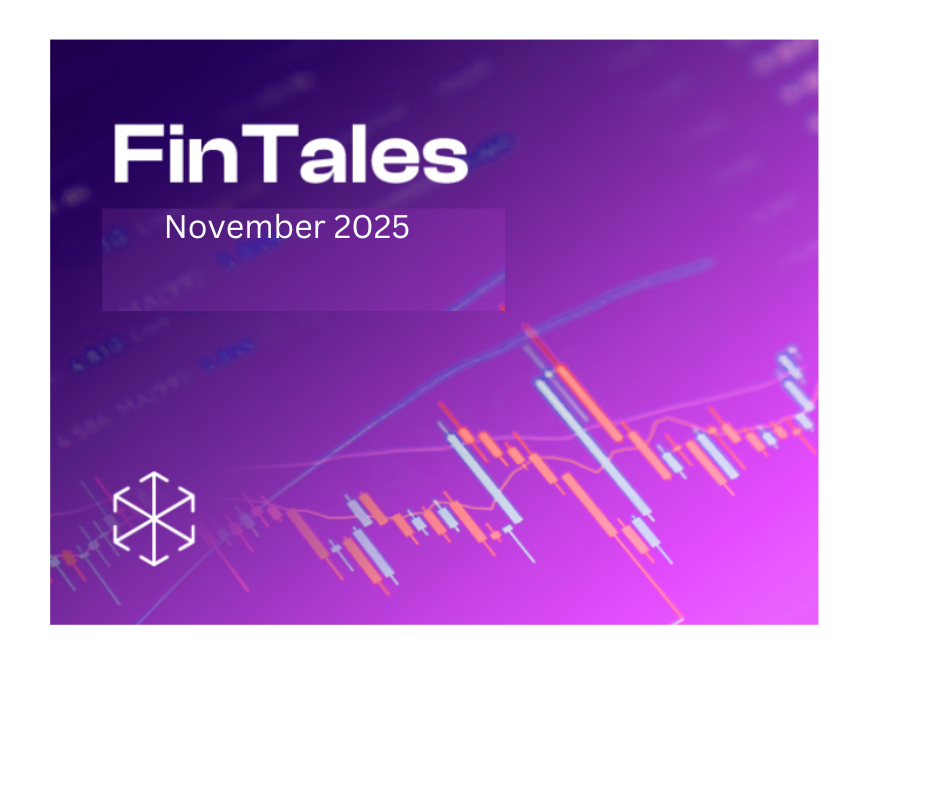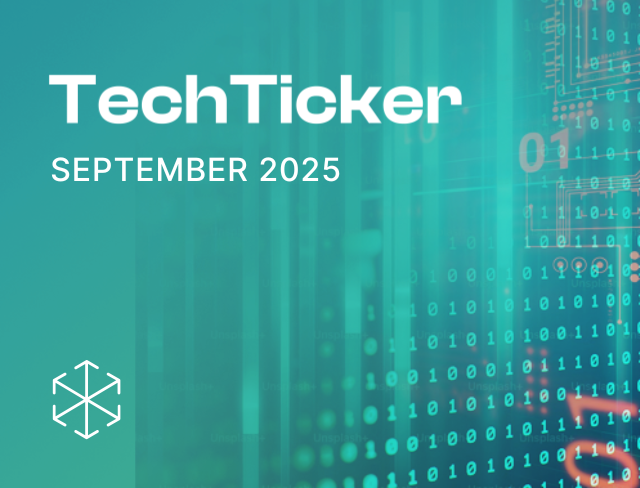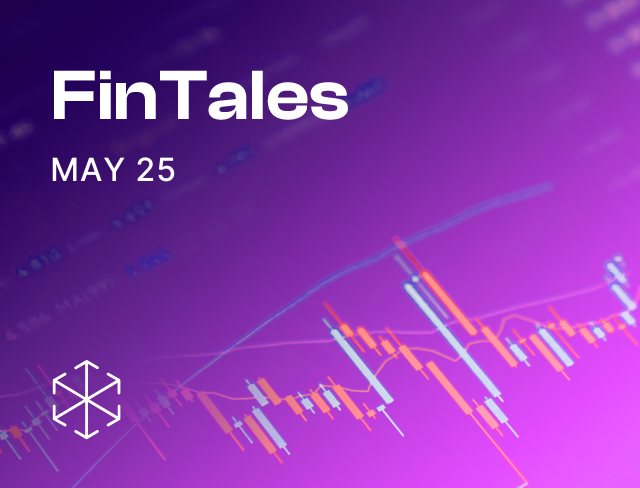“I need ammunition, not a ride.”
– Ukrainian president Volodymyr Zelensky
Ammunition, turns out, comes in many shapes and sizes. There’s missiles, tanks, Molotov cocktails and threats from Ukrainian grandmothers. And then there’s payments infrastructure. Governments and corporates across the world are fighting back against Russia’s (or Putin’s) war by cutting off their access to money. Access to payment infrastructure has become the weapon of choice to deter Russia’s invasion of Ukraine.
Visa, Mastercard and other payment companies suspended their services in Russia. And several Russian banks were disconnected from SWIFT – the network underpinning global cross-border payments. SWIFT functions like a secure messaging system for financial transactions. Without it, moving funds in and out of Russia is complex and costly. It can still be done, but it’s a whole lot harder. Russian banks could rely on alternatives, like Russia’s own ‘System for Transfer of Financial Messages’ (SPFS). Or China’s Cross-Border Interbank Payment System (CIPS). Or they could go back to using telephones and fax. At this point, however, the geopolitical west is asking Putin to go ‘fax’ himself… I couldn’t resist.
Coming back.
Access to capital is woven into the fabric of war. And in this war, both Russia and Ukraine are leaning on cryptocurrency as capital. The former to bypass sanctions. And the latter to solicit donations.
It is speculated that Russia may use cryptocurrencies to blunt the impact of economic sanctions. But this is unlikely to work for Russia. Many cryptocurrencies store transactions on publicly accessible blockchains. And the traceability of illicit transactions does not give cover to large-scale sanction evasion. Of course, cryptocurrencies are not (yet) widely accepted. Not nearly enough to serve as a meaningful alternative to global payment networks.
For the Ukrainian government, cryptocurrencies are a new way to finance their resistance. Ukraine’s government has reportedly raised nearly $100 million in crypto donations, which it has used to purchase, among other things, ‘ammunition’.
In one way or another, both countries are leaning on cryptocurrency. Which is why Putin’s invasion of Ukraine could be the ‘world’s first crypto war’.
Welcome to the March edition of FinTales. I wish we didn’t need to open with speaking about a war that no one (except Putin and his enablers) wanted. But here we are. Our prayers are with the people of Ukraine.
Let’s begin with our usual four-course fintech menu.
Appetizers: snackable updates about recent fintech developments.
Main-Course: a Bandersnatch inspired thought experiment on the challenges of building a profitable digital payments business. And our conversation with Vardhan Koshal, Co-Founder of Tortoise, about building a savings product, in an industry awash with credit.
Palate Cleanser: a break from the fintech menu.
Dessert: heartening news about launch of UPI123Pay for feature phone users.
*******************************************************************************
Appetizers ?
? When I say ‘fin’ you say ‘tech’
RBI, recently, flexed some regulatory muscle to rein in errant fintech products. It barred Paytm Payments Bank from onboarding new customers for the second time (since 2015). One of the reasons for the ban is that Paytm, reportedly, violated RBI’s data localisation norms (as it shared data with its Chinese investors), and KYC norms. Then, RBI also called out sRide, (a car-pooling app) for offering an unlicensed e-wallet. RBI also cancelled Cashbean’s NBFC license for breaching the lending fair-practices code, charging exorbitant interest rates and failing to adequately KYC its users. It’s a (not so gentle) reminder by the regulator that the ‘tech’ in ‘fintech’ can’t mask non-compliance. A reminder that the business of moving, lending, and safe-keeping money is highly regulated, even if it’s offered through a digital interface.
? Crypto bonanza*read disclaimer
Crypto ads are everywhere: newspapers, sports events, and YouTube. You can’t miss them. Well, neither did the Advertising Standards Council of India (India’s advertising self-regulator). It asked that all crypto-ads inform their readers about the risk of investing in crypto. Come April, these ads must say that crypto and NFTs are “unregulated and can be highly risky”. That there may be “no regulatory recourse for any loss from such transactions”. These advertisements can no longer downplay the risks of investing in crypto. Nor can they use terms used to describe regulated products (like ‘currency’ or ‘securities’).
?? Identity swindlers and digital lenders
Identity theft at Indiabulls-owned Dhani App grabbed headlines last month. Many citizens (including celebrities like Sunny Leone) complained that unknown miscreants used their PAN cards (and other details) to take out loans in their names from Dhani. When the loans were unpaid, it impacted credit scores of the identity-theft victims. Indiabulls defended itself by claiming that it too is a victim in this fraud. It also claimed to have strengthened its internal checks by tying up with global security platforms. But it’s apparent that Dhani’s lax know-your-customer checks contributed to these identity thefts. Another cautionary tale for digital lenders.
********************************************************************************
Main-Course ?
? Bandersnatch (fintech edition)
In the film Bandersnatch, viewers make decisions for the main character – the young game programmer Stefan Butler. It is an interactive ‘choose your own adventure’ film. You, the viewer, make choices for Stefan. Your choices determine Stefan’s fate.
Today we want to take you on a similar adventure. A thought experiment, where you are the founder of a digital payments business. Based on your choices, the story can take multiple paths. Your choices determine how the story ends. Which path would you choose?
Door One: Betting on payments
In this storyline, you build a pure-play payments business. You hire the best talent to create a smooth, reliable, and secure payment experience. It’s a crowded space, so you keep raising funds to fuel cashbacks and rewards. You burn through capital. But you believe the costs will be recovered from the fee paid by merchants for availing your digital payment services (also known as Merchant Discount Rate or MDR). Except things don’t go as planned. The government declares that merchants can’t be charged MDR. Nor can you charge customers for paying digitally, regulation doesn’t permit it (and consumers are unlikely to pay a convenience fee – they’d much sooner switch to cash). To compensate, the government announces a Rs.1300 crore scheme. But it isn’t enough to cover the Rs. 5500 crore revenue loss suffered by the payments industry. So, you can’t make money from either side of the network: customers or merchants. You need to pivot. There’s no money in payments. Time to see what’s behind Door Two.
Door Two: Monetising data
In this reality, you built a payments business which serves as a data mine. You gather large amounts of data about your users and merchants. And then use this data to cross-sell other more lucrative products. Like loans, investments, and insurance. Your entire payments business is ‘customer acquisition cost’ for another business – another product. But turns out, your targeted offers are eerily accurate. Your users are spooked by how well you know them. They fear their privacy is compromised. Data privacy is also at the top of the government’s agenda, and it’s all set to introduce a new data protection law. Under the new law, you can’t use data collected for one purpose for another. So, you can’t use data collected for facilitating payments to cross sell a lending product – unless you get clear user consent to do this. Some users consent, but many do not. Another monetization strategy, which could have kept your payments business afloat, is under threat. With nothing to lose, you open Door Three.
Door Three: Becoming a bank
In this narrative arc, you realise that to become profitable you need to be a ‘neo-bank’. Payments, by itself, isn’t going to cut it. Except under current law, you can be as ‘neo’ as you like. But you can’t be a ‘bank’. You can’t accept deposits or give loans. To offer account or loan services, you need to partner with an existing bank. And your app is simply an experience-layer over the bank’s products. But much to your delight, the government’s leading think-tank proposes allowing full stack ‘digital banks’, which can be operated without any physical bank branches. The digital banks can accept deposits and give out loans. They can participate in both sides of the balance sheet (unlike ‘payment banks’ which can accept deposits but can’t lend). But this proposal hasn’t been greenlit by the central bank, yet. And you’ll probably have to wait a while before you can apply.
Seems like an intractable trilemma. To understand how this plays out in the real-world, we spoke to Prince Jain, who works with the product team at Jupiter. He also writes one of our favourite fintech blogs, Unit Economics. He explained that it’s difficult to monetize a standalone payments business. While some monetization is possible in the B2B space, it’s almost impossible in the B2C context. “If you build a niche B2C payments business, you can become an acquisition target in 3-4 years. But a B2C payments business by itself may not be sustainable for 15-20 years, unless you achieve massive scale.” he elaborated. When asked about the impact of regulation on MDR, he thinks that even without government intervention, market forces will push MDR down, but it’s unlikely to become zero. A zero-pricing strategy is unsustainable for all payment service providers. While discussing data usage, he emphasised that currently fintech players rely on alternative data only to a limited extent: “The perception of how much data we use to underwrite and cross-sell is bigger than actual use. The risk policies still strongly rely on external data like credit bureau information or bank statements. External data is still the most used type of data. But this may change as B2C fintechs scale and build larger alternative data sets”.
All in all, building a digital payment business in India is challenging. And at least some of these problems can be addressed if the government rolls back the zero MDR policy and allows payment companies to monetize their core business. Otherwise, some fintech entrepreneurs may meet Stefan’s fate in Bandersnatch where there are many possible endings but none are happy.
? Save-now-buy-later: Tapping an unserved market
Continuing with the FinTales interview series, we spoke with Vardhan Koshal, Co-Founder of Tortoise. Tortoise helps users save for aspirational purchases (like an iPad) and earn rewards. In an industry awash with credit products, Tortoise stands out. We spoke to Vardhan about his product idea and how he plans to tap the unserved market of savers. You can watch the full interview here. And read on for highlights from our conversation.
Origin of the idea
Pre-paid savings plans are common in the jewellery industry. These plans let you pre-pay for jewellery in multiple instalments. As a reward for the pre-payment, the jeweller waives a few instalments. It was this business model which inspired Vardhan to create Tortoise. He explains that not so long ago, jewellery was the main big-ticket item that Indians spent money on. But today, we spend large sums on travel, luxury goods and gadgets. So, he felt there was a need to extend this savings-based purchase model beyond the jewellery industry. He clarifies that he didn’t consciously seek green-spaces in the overcrowded fintech market. Instead, he wanted to solve a pain-point: “It didn’t begin as an anti-credit start-up. I just thought this should exist in the world and I should do it”. Traditional savings products, he insists, don’t make sense for short-term purchases and a different solution is needed. “Even a 5% cashback is better than 20% p.a. interest if your SIP is just for 6 months”,he elaborates.
Solving the platform problem
Building a platform is challenging, you must build both sides of the network – merchants and consumers. But what comes first – the chicken or egg? Vardhan believes that while building a platform, entrepreneurs should focus on the supply side first. Like Amazon and Flipkart, which started out by focusing on books – a non-perishable, easily transportable and affordable category. Once they cracked this market, they were able to diversify into other product categories. This is the strategy he hopes to follow too.
Capturing the consumer
According to Vardhan, tech products can draw out behaviour that would otherwise not be apparent. “When Apple launched iPad, people thought why do I need this if I already have a laptop and mobile phone, but it has been a phenomenal success,” he remarks. He believes there’s a huge segment of consumers who would prefer to save for these high-value guilty-pleasure purchases. He suggests that merchants are currently only able to capture consumers who are wealthy or feel comfortable availing credit for aspirational purchases. But the merchant loses out on a large chunk of consumers who want to buy the product but want to save for it first. Through Tortoise, he wants to help merchants capture these cautious consumers and put them back in the transaction funnel. “This will give a higher probability of sale for merchants than just loyalty points,” he argues. But he admits that not all consumers can be captured this way. “Aspiration can be graded on a scale of 0-10, with 0 being no desire for the product and 10 being you’ll sell your kidney to buy the product. You can only get people to start saving for a product between level 4-8 of this scale,” he explains.
Competing with credit
While building Tortoise, Vardhan surveyed many consumers to understand the size of his target audience. And contrary to popular belief, he found that most Indians were reluctant to avail credit for anything which isn’t a home or an automobile. “Instant gratification isn’t ubiquitous among the Indian youth. Credit access has increased drastically and this creates a false perception that the youth is looking for instant gratification. But many youngsters understand the impact of loans,” he adds. Vardhan acknowledges that his target demographic is similar to buy-now-pay-later (BNPL) players i.e. consumers who don’t have enough discretionary income to make instant high-value purchases. But he clarifies that the mindset of his consumers is likely to be very different. He wants to go after consumers who like to save. He’s not targeting consumers who are comfortable availing credit for non-essential purchases. Credit expansion, he insists, is good for the Indian society and economy. But he also believes there should be an alternative available for consumers who want to avoid debt.
Gazing into the crystal ball
When asked about two start-ups that he’s bullish on, Vardhan shares an interesting perspective. He’s betting on industry insiders who have worked in larger organisations and possess a deep understanding of the market and its gaps. “Cred Avenue is a product built by an industry veteran who understood the problems very well. It makes money, is logical and doesn’t require heavy expenditure on retaining customers,” Vardhan suggests. The second set of companies that he’s long on are fintech companies that are creating tools for other businesses (like M2P and Hyperface). He believes this is a relatively low-risk, high-return business where Indian companies can build for the world.
We thoroughly enjoyed our conversation with Vardhan and listening to his unique perspective. And we hope that with more savings-oriented products like Tortoise, fintech innovation will soon benefit savers just as much as borrowers.
********************************************************************************
Palate Cleanser ?
Putin’s war and Ukraine’s resistance has shown us the worst and best of humanity. We thought we would show you some of the best. Here is a Ukrainian farmer, towing a Russian tank.
********************************************************************************
Dessert ?
? Yay, it’s UPI123Pay
“We tend to overestimate the effect of a technology in the short run and underestimate its effects in the long run”, noted Roy Amara, a scientist. I think this adage aptly describes UPI. Thanks to UPI, India is now leading from the front in retail payments. But despite its promise, UPI hasn’t replaced cash. Well, we overestimated UPI there. And ignored other factors that propel the cash-based economy. But UPI may still hold the promise of digital financial inclusion (in the long run) through innovations like offline UPI – ‘UPI123Pay’.
RBI Governor Shaktikanta Das recently announced UPI123Pay’s launch. As expected, it will work on feature phones, and will not need an internet connection. Customers must link their bank account with their feature phones to use this facility.
UPI123Pay will go live with four payment solutions, which include feature-phone UPI apps and payments enabled through missed calls. Indian start-ups, MissCallPay, ToneTag, Gupshup and Ultra-cash, have developed these solutions (in collaboration with NPCI and other partners). Simple yet ingenious, these features will resonate with non-tech-savvy feature phone users. And bring them within the digital fold of financial services. With this, around 40 crore feature phone users in the country are a step closer to financial inclusion.
********************************************************************************
That’s it from us.
We’d love to hear from you. Tell us what you think about the stories we covered. You can write to us at contact@ikigailaw.com
See you in April.
Yours,
Ikigai Fintech Team









